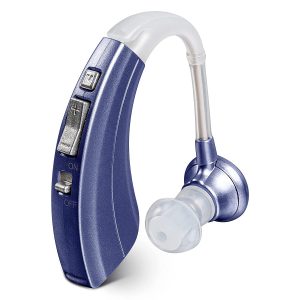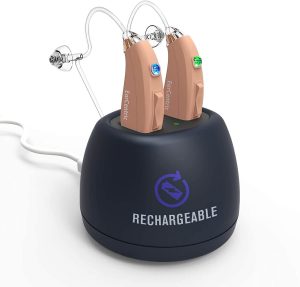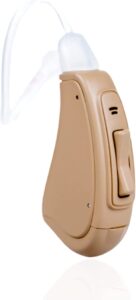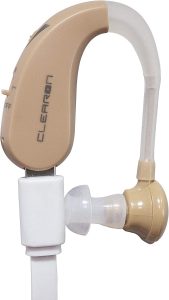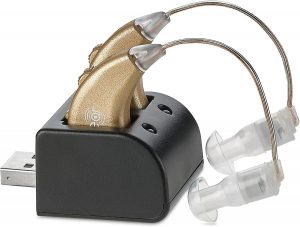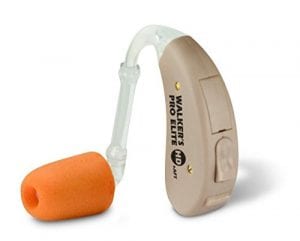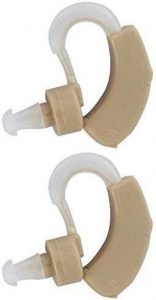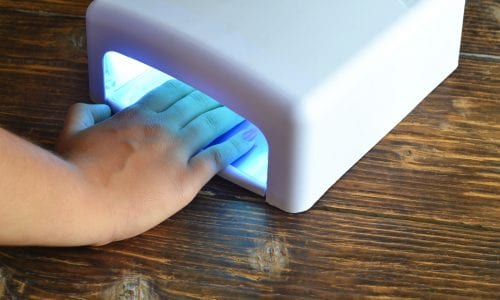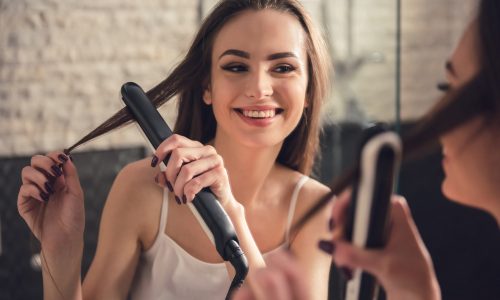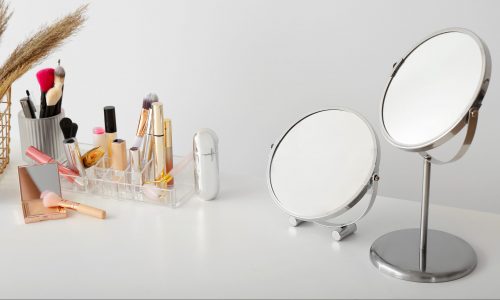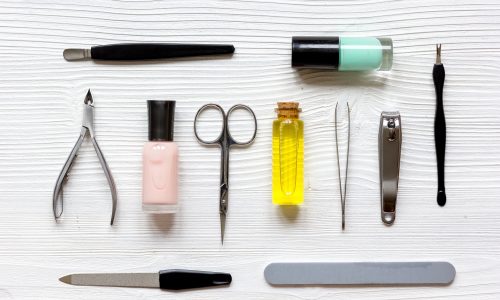The Best Hearing Amplifier
Check out all of the hearing services and products at Sam’s Club, including FREE hearing tests, hearing aid adjustments and cleanings.

Our Review Process
Don't Waste Your Money is focused on helping you make the best purchasing decision. Our team of experts spends hundreds of hours analyzing, testing, and researching products so you don't have to. Learn more.
Our Picks For The Top Hearing Amplifier
- 1. Britzgo Personal Digital Hearing Amplifier
- 2. Ear Centric Medical-Grade Long Lasting Hearing Amplifier
- 3. Otofonix Elite Mini Hearing Amplifier
- 4. NewEar Ready-To-Use Digital Hearing Amplifier
- 5. Walker’s Game Ear Elite Battery Powered Hearing Amplifier
- 6. Prime Amplifiers Noise Cancellation Hearing Amplifiers
- 7. Clearon Audiologist Designed Rechargeable Hearing Amplifier
You'll get four different volume modes with this hearing amplifier: high, low, mid and wide. This lets you customize the device to the level that's most comfortable for you. The design is not only lightweight, but also small, making it easy to tuck out of sight.
Customizable OptionWhile this hearing amplifier is small in size, it comes with big benefits, like four volume modes and an off switch.
Constructed using medical-grade materials, this hearing amplifier is a no-brainer. It's designed to work just as well outdoors as indoors and even offers smart noise reduction. You can get the hearing aid with black base in either beige or silver.
Durable PickEach charge of this hearing amplifier provides 20 hours of support.
Noise reduction makes this hearing amplifier stand out. It ensures you hear exactly what you want to hear without having to deal with uncomfortable sounds. Built-in volume control makes it easy to adjust the volume using only one finger. Its lightweight design also keeps it comfortable on your ear for hours.
Handy Volume ControlUsers can quickly adjust this hearing amplifier with just one hand.
This hearing amplifier's design makes it usable on either your left or right ear. This FDA-approved device has an affordable price, making it a great choice for those who want to try hearing amplification. The rechargeable battery also means you won't have to waste time chasing down special batteries.
FDA ApprovedThere's no need to spend money on batteries, as this hearing amplifier comes with a rechargeable battery.
Buying Guide
If you have hearing loss, you may think it’s time for a hearing aid. Available by medical prescription, hearing aids are customized to your own unique hearing needs. But not everyone needs that type of hearing assistance. Hearing amplifiers are available without a prescription and can help when you simply need to hear a little better.
Like non-prescription reading glasses, sound amplifiers serve to just magnify what’s happening around you. If you’re in a situation where you need to be able to hear the TV at a low volume, for instance, a hearing amplifier is great to have around. You can get a basic amplifier at a very low price, making it a great solution for watching movies late at night while everyone in the house is asleep.
Hearing amplifiers can be surprisingly advanced, packing in some of the very features consumers demand from prescription hearing aids. Some offer impressive sound quality and the ability to isolate what you need to hear in crowded rooms. As with prescription hearing aids, you’ll need to find a device that minimizes interference and feedback to avoid an unpleasant surprise while you’re using it.
Cost also makes hearing amplifiers a great alternative to hearing aids. Even medical professionals will sometimes recommend them for patients who are simply suffering hearing difficulties but aren’t quite serious enough to require a hearing aid. Although some of the more advanced amplifiers can retail for hundreds of dollars, hearing aids are generally priced in the thousands.
The design of the hearing amplifier can also play into how well you’re able to hear. Every ear is different, which means hearing aids are often customized to fit the individual’s ear as comfortably as possible. Hearing amplifiers, on the other hand, are more of a one-size-fits-all deal, so you may find some aren’t sized correctly to maximize your own experience.
If you plan to wear the hearing amplifier for any amount of time, you’ll also need to consider comfort. Some prioritize having them neatly tucked out of sight, which is easy to do if you have hair long enough to cover it. But it’s also important to make sure that your ear won’t start to feel sore after you’ve worn your amplifier for several hours. Otherwise, you’ll probably find it ends up in a drawer somewhere, never used.
Another important consideration is battery life. If you plan to wear your hearing amplifier for hours at a time, you’ll need a battery powerful enough to last. Some amplifiers use rechargeable batteries while others don’t. So, if you want to be able to simply set your device on a charger between uses, that’s worth noting.
Of course, over time, you may find that you need to move beyond a hearing amplifier and see a doctor for a hearing test. When that time comes, though, your experience with a hearing amplifier may help you know exactly what features you want in a hearing aid, including comfort, background noise silencing and size.
What to Look For
- You may think you’re getting simple hearing power from a sound amplifier, but actually some are quite advanced. There are amplifiers that were designed by audiologists and doctors as a high-quality alternative to hearing aids. You’ll pay a little more than lower-end amplifiers, but if you’re looking for a device that delivers impressive results, this is one to consider.
- When it comes to sound, you’re probably most concerned about hearing what people are saying when they’re talking to you. Some models prioritize speech hearing and understanding. They do this through a specialized 12-band processing design that boosts frequencies when a human voice is detected. This type of hearing amplifier is also great even at lower volumes.
- Plenty of hearing-assistance devices help you hear well in a mostly quiet room. However, the real test is in how they perform when you’re in a crowded area, like a restaurant. If you’re seated across the table from someone having dinner, chances are you want to hear what that person is saying, not everyone around you. But background noise can often overwhelm those one-on-one conversations.
- You likely won’t need an amplification device for both ears. With some hearing amplifiers, you’ll choose from a device for your left ear, right ear or both, with the price doubling if you need to cover both left and right. Other options are built to be comfortable whether you use them in your left or right ear
- One great feature to look for is built-in volume control. With one finger, you can quickly toggle through 10 different volume levels. There are also four preset memory programs that make it easier to find the best volume for whatever you’re doing. Consider amplifiers that offer four different modes: high, low, mid and wide. This lets you control what you’re hearing from your surroundings with the push of a button.
- Whether you’ll be wearing your hearing aid only for a couple of hours a week or you’ll have it in place all day, a comfortable fit can make all the difference. Some models use ergonomics to provide a good fit, while others have an extremely lightweight design that makes it easy to forget you even have it on. Many also come in several tube and dome sizes so that you can find the one that fits your own ear.
- A small amplifier has its benefits. It tucks out of the way and is less intrusive. However, some prefer a larger design.
- If safety’s a concern, go with a hearing amplifier that has FDA approval.
- With some hearing amplifiers, you’ll have to open the battery door to shut it off when it isn’t in use. That makes models with an off switch very convenient. Just switch the button to the “off” position when you’re finished using it.
- If you have difficulty operating small buttons, you may find hearing amplifiers aren’t as easy to use since many feature tiny buttons and switches.
- You’ll see a wide variation in price between amplifiers. It might be worth trying out one of the less expensive models to see if it meets your needs before committing your budget to a top-of-the-line amplifier.
- Hearing amplifiers operate on batteries. Many amplifiers require eight Size 10 zinc-air batteries, which you’ll probably have to buy online. You’ll sometimes get a full set with your purchase to get you started.
- The rechargeable battery in most amplifiers lasts for up to 40 hours of continuous use, which means you can use it for a few days without having to charge it again.
More to Explore
It can be tough to know when you’ve started suffering from hearing loss since it happens gradually. Generally, people realize they’re having trouble hearing when they notice they aren’t fully comprehending what people are saying to them. It may sound as though everyone’s mumbling or speaking at a very low volume. You may also notice that others in your household keep the TV at a volume that seems unreasonably low. Unfortunately, many people tend to withdraw from others in order to avoid having to constantly ask people to repeat themselves. A quick trip to the doctor can determine whether a hearing amplifier may be all you need to improve your quality of life. At the very least, a hearing test will let you know for sure just how much hearing loss you’ve suffered.

